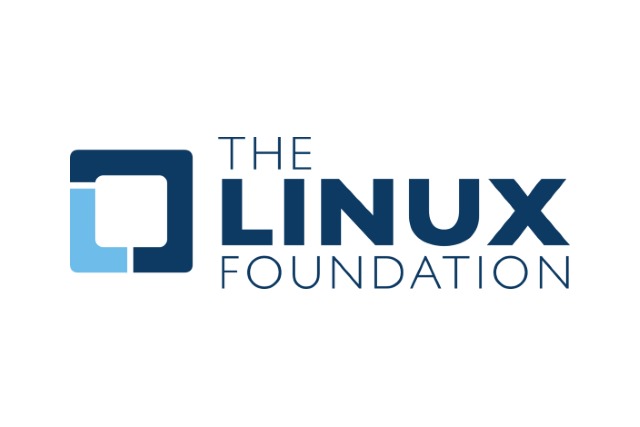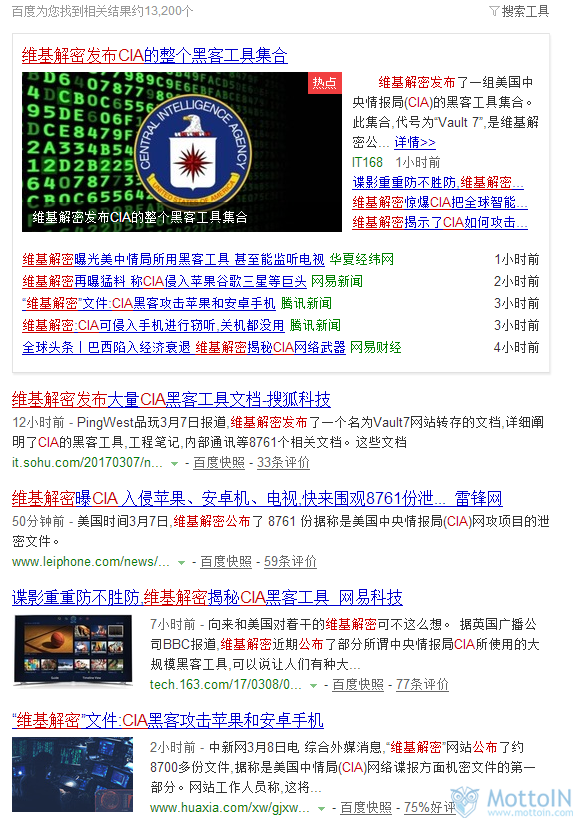批踢踢實業坊›看板 EZsoft關於我們聯絡資訊 返回看板分享 作者hsparrot (飛高高) 看板EZsoft 標題[情報] Notepad++及部份軟體受CIA監控工具影響 時間Fri Mar 10 02:40:34 2017 來源: 維基解密 https://wikileaks.org/ci…
標籤: Vault 7
Linux 基金會回應 “Vault 7” 洩露事件:被CIA 盯上並不感到意外
在維基解密曝光了一份代號為“Vault 7”的CIA洩露材料之後,蘋果公司迅速表示“文件中提到的漏洞早已被修復”,微軟和三星也聲稱“正在調查”。不過現在,Linux基金會首席技術官Nicko van Someren也已正式表態:雖然該基金會對自己成為一個靶子之事感到並不奇怪,但鑑於該開源軟件項目有著…
上亿行代码的Vault 7里面有什么?-MottoIN
维基解密周二发布Vault 7文档,泄露了许多黑客工具,早晨起床网上被这个事件刷屏了都,听说这些黑客工具能入侵苹果、谷歌、三星,还能攻破智能手机、电脑、甚至是网络电视呢。看起来好像特别厉害,不过还是想自己去看看。 最初维基解密说,泄露出来的只是文档的一部分,包含7818个网页与943个附件,所有软件…
Vault 7: CIA Hacking Tools Revealed
Vault 7: CIA Hacking Tools Revealed Press Release Today, Tuesday 7 March 2017, WikiLeaks begins its new series of leaks on the U.S. Central Intelligen…

